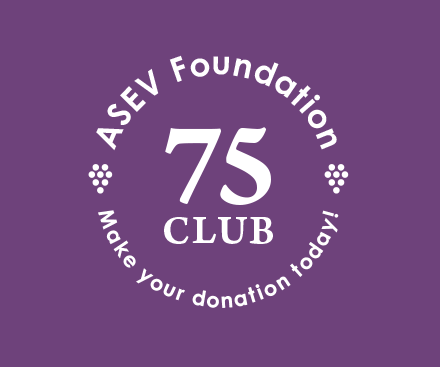Abstract
In rain-fed vineyards, water availability strongly influences vegetative and reproductive growth and, thus, berry quality. Narrow-band spectral indices might provide information on vine structure and physiological status and might be a useful tool for predicting berry quality. The present study tested the feasibility of using the normalized difference vegetation index (NDVI) and the photochemical reflectance index (PRI) to assess berry quality in five commercial vineyards (cv. Xarel·lo) in 2009 and 2010. Measurements of predawn water potential (Ψpd), canopy to air temperature difference, fractional intercepted photosynthetic active radiation (fIPAR), exposed leaf area, and canopy reflectance were taken at veraison. Berry weight, total soluble solids (TSS), and titratable acidity (TA) were determined at harvest. Values of Ψpd indicated mild to moderate water deficits. NDVI characterized the effects of water availability on vine vigor (fIPAR), while PRI was related to water status (Ψpd). The extent of water deficits was a key factor in determining the aptitude of spectral indices at estimating berry quality attributes. Thus, consistent with the influence of vine vigor and water status on berry quality attributes, NDVI was related to both TA (r2 = 0.46) and IMAD (the ratio of TSS to TA; r2 = 0.27), whereas PRI was related to both TSS and IMAD (r2 = 0.23 and r2 = 0.34, respectively). In addition, PRI was positively related to berry weight (r2 = 0.68). The results suggest the potential of reflectance indices of canopy vigor (i.e., NDVI) and photosynthetic functioning (i.e., PRI) at estimating berry quality attributes in vineyards experiencing mild to moderate water deficits.
- ©2013 by the American Society for Enology and Viticulture
Sign in for ASEV members
ASEV Members, please sign in at ASEV to access the journal online.
Sign in for Institutional and Non-member Subscribers
Log in using your username and password
Pay Per Article - You may access this article (from the computer you are currently using) for 2 day for US$10.00
Regain Access - You can regain access to a recent Pay per Article purchase if your access period has not yet expired.









